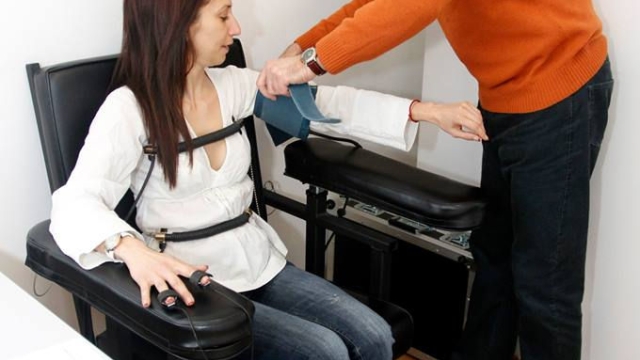
Welcome to the intriguing world of lie detector tests. These tests, also known as polygraph examinations, have been the subject of fascination and controversy for decades. People often see them as a way to uncover deception and reveal the truth behind someone’s words. The idea of a machine capable of detecting lies has captured the imaginations of many, leading to their frequent portrayal in movies and television shows. But how exactly do lie detector tests work, and are they truly reliable in uncovering deception? In this exploration, we will delve into the mechanisms behind lie detector tests and examine their effectiveness in revealing the truth.
History of Lie Detector Tests
Lie detector tests, also known as polygraph examinations, have a fascinating history that dates back to the early 20th century. The modern polygraph we are familiar with today was invented by John Augustus Larson, a police officer and physiologist, in the 1920s. Larson’s device measured changes in physiological responses such as blood pressure, heart rate, and breathing patterns in order to detect deception.
The use of lie detector tests gained popularity in the United States during the mid-20th century, particularly in law enforcement and government agencies. It was seen as a tool to aid investigations and interrogation processes by determining whether individuals were being truthful or deceptive in their answers. Over time, the reliability and accuracy of polygraph examinations have been hotly debated, leading to varying levels of acceptance and skepticism within different sectors of society.
Despite the controversy surrounding their accuracy, lie detector tests continue to be used in certain settings, such as in pre-employment screenings, criminal investigations, and government security clearances. The technology behind polygraph examinations has evolved over the years, incorporating advances in physiological monitoring and data analysis techniques to enhance its effectiveness in uncovering deception.
How Lie Detector Tests Work
Lie detector tests, also known as polygraph tests, are designed to detect physiological changes in the body that occur when someone is being deceptive. These tests rely on the assumption that lying can cause certain physical reactions, such as increased heart rate, sweating, and changes in blood pressure.
During a typical lie detector test, several sensors are attached to the person being tested. These sensors measure physiological responses like breathing patterns, blood pressure, and skin conductivity. The examiner then asks a series of questions, both control questions and relevant questions related to the issue at hand.
Polygraph
As the individual answers the questions, the polygraph machine records and analyzes the physiological changes. The examiner interprets these changes to determine whether the person’s responses are truthful or deceptive. While lie detector tests are not 100% accurate and can be influenced by various factors, they are commonly used in certain settings such as law enforcement and employment screenings.
Accuracy and Controversies
Lie detector tests have long been a subject of debate when it comes to their accuracy. While proponents argue that these tests can detect deception with high reliability, critics point to a lack of scientific evidence supporting their validity. The accuracy of lie detector tests can vary depending on the examiner’s expertise, the type of questions asked, and the physiological responses measured during the test.
One of the main controversies surrounding lie detector tests is their susceptibility to producing false results. Factors such as anxiety, fear, and other emotional states can influence the physiological responses detected by the test, leading to inaccuracies. Moreover, individuals who are skilled at deceiving or remaining calm under pressure may be able to manipulate the test results, casting doubt on its effectiveness in certain cases.
Despite these controversies, lie detector tests continue to be used in various fields, including law enforcement and pre-employment screenings. While some argue that these tests can be a valuable tool in detecting deception, others caution against relying solely on their results due to the limitations and potential inaccuracies associated with this technology.
